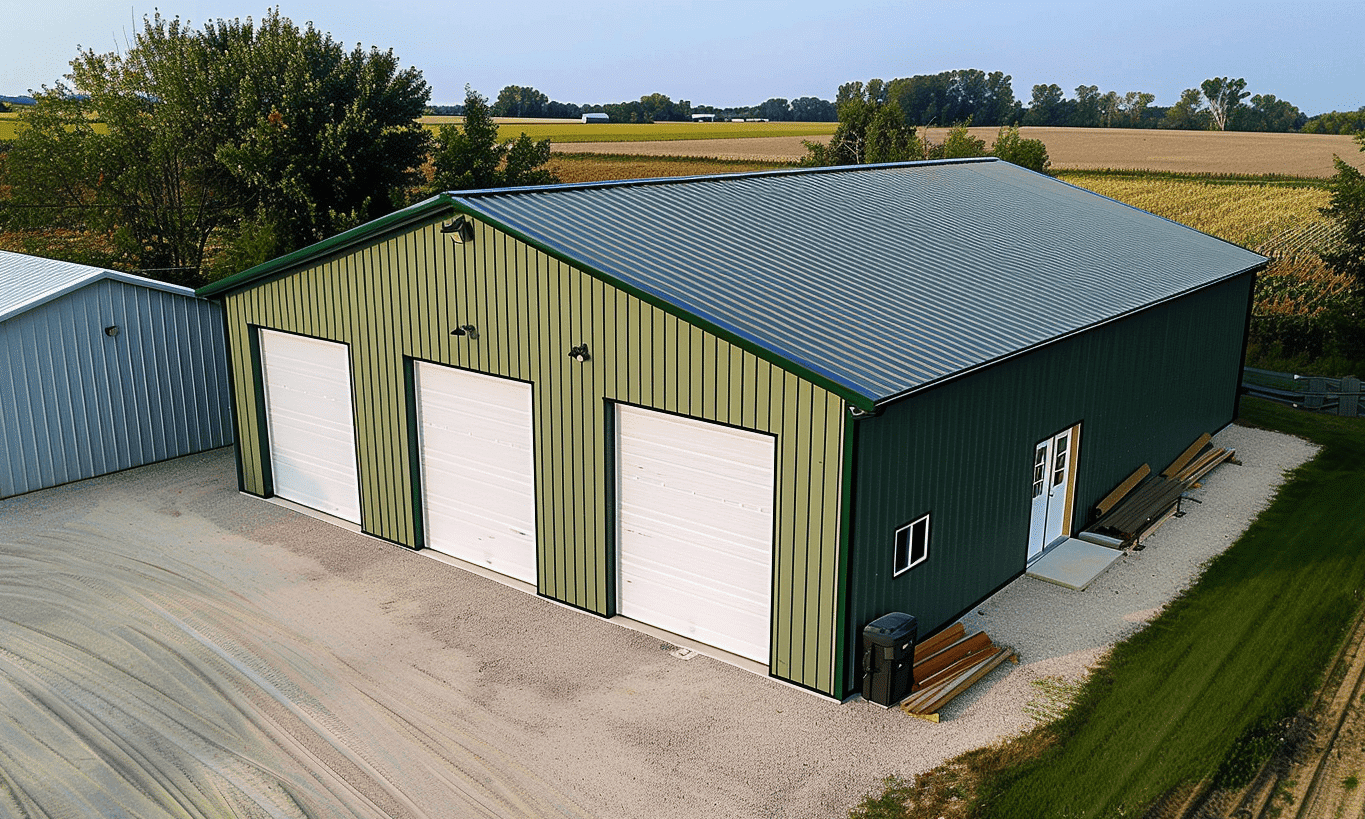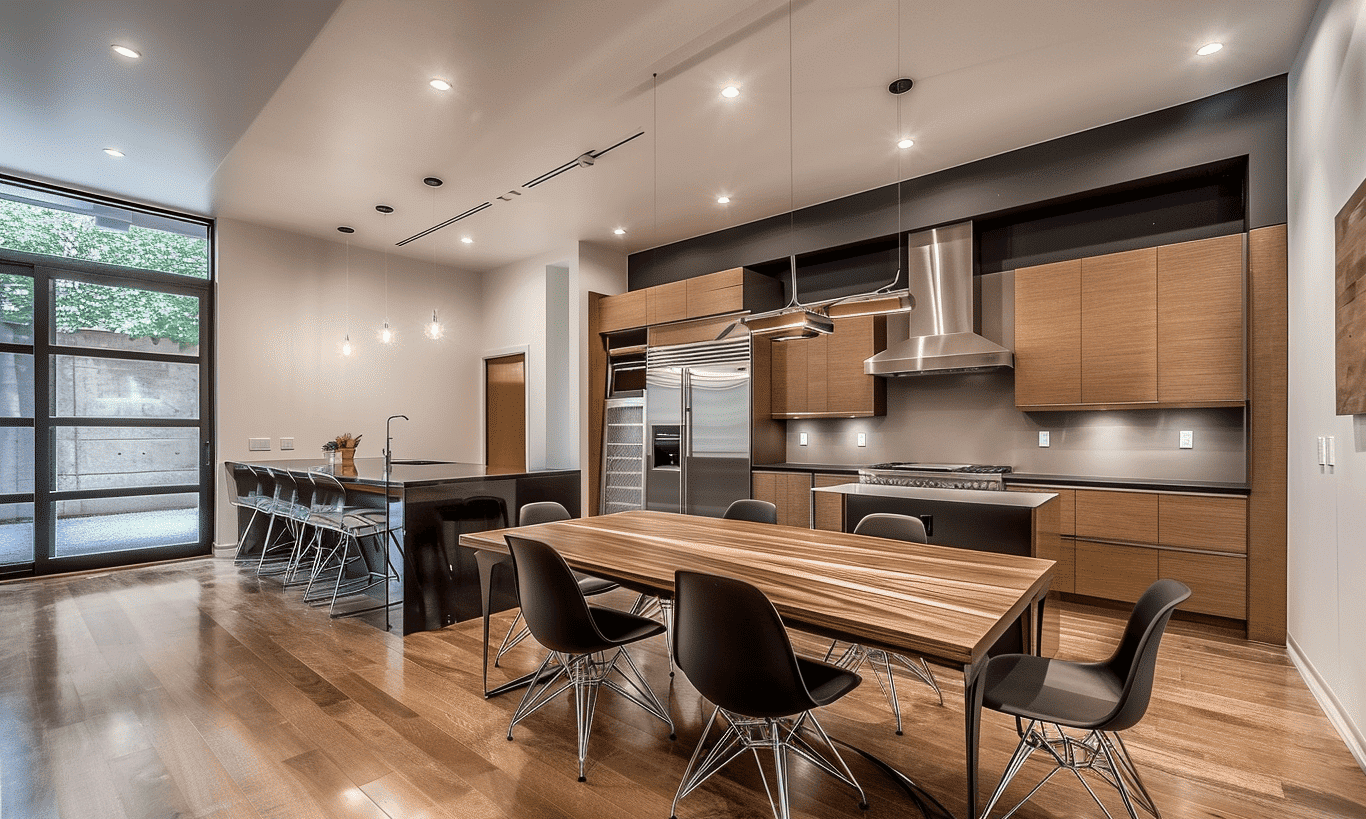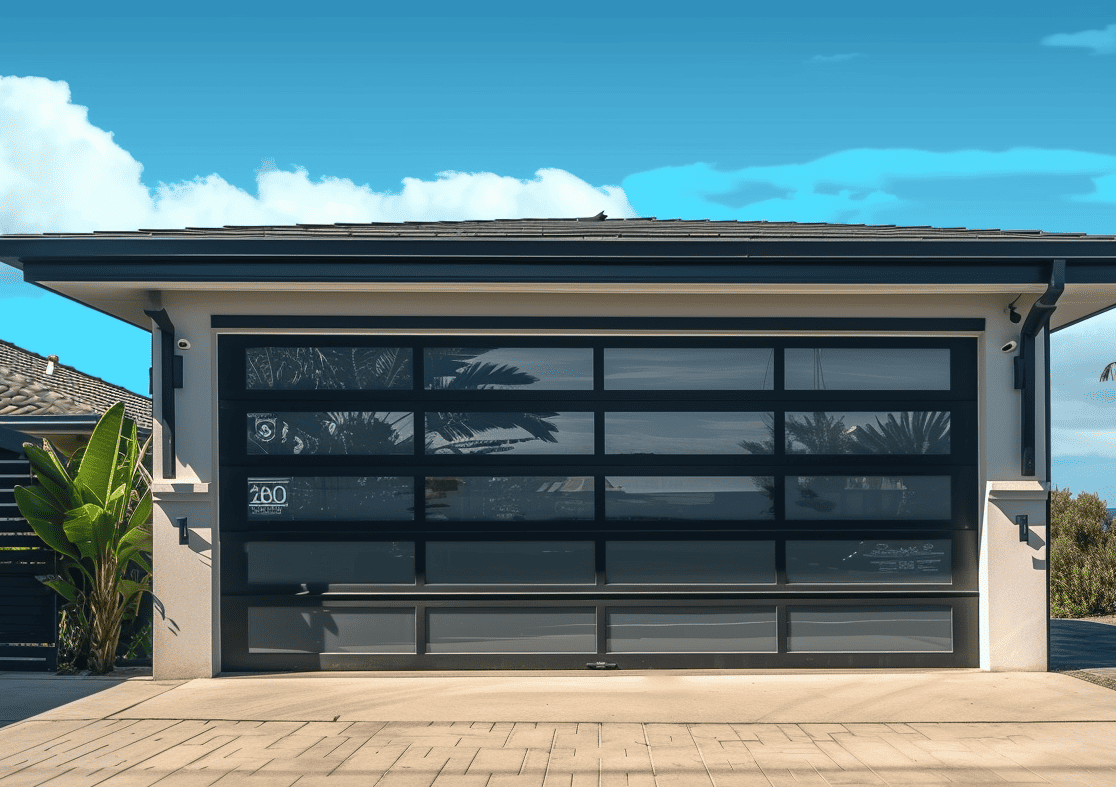When we walk into a home, the way it feels isn’t just about the furniture, the color of the walls, or even the home’s layout. There’s an art that delves deeper into how spaces impact our well-being, mood, and energy – it’s called Feng Shui. Imagine entering a room and instantly feeling a sense of calm, positivity, or invigoration. This isn’t magic; it’s the thoughtful application of Feng Shui in home design.
With roots stretching back over 3,000 years to China, Feng Shui is more than just moving your sofa to ‘feel good’. It’s a practice grounded in the art of harnessing positive energy, or “Chi,” through meticulous home design. But how does this ancient philosophy influence our modern living spaces today?
The Basics of Feng Shui: Balancing Energy in the Home
At its core, Feng Shui in home design is about balance—creating harmonious environments that support our desires and general wellbeing. The positioning of objects, the choice of colors, and even room orientation all play their roles in channeling Chi throughout the home.
When considering how to integrate Zen-inspired home design to optimize Feng Shui, it’s important to focus on:
– **The Five Elements**: Each element—wood, fire, earth, metal, and water—has a complementary part to play in influencing the balance of your space. For instance, while wood energy promotes growth and vitality, metal can foster clarity and efficiency. Selecting objects or materials that embody these elements can directly influence your lifestyle.
– **Bagua Map**: This energy grid, when superimposed over a floor plan, helps highlight areas related to wealth, fame, relationships, and more. By aligning your furniture and decor with Bagua’s guidance, you can enhance the space’s intended purpose.
Practical Applications: Using Feng Shui in Modern Home Design
You might wonder, is it possible to amalgamate traditional Feng Shui with contemporary architecture or interior design? Absolutely. Today’s custom home builders often blend modern aesthetics with these time-honored principles, creating homes that feel both stylish and serene.

Whether you’re living in a cozy cottage or a more industrial Metal Homes, the infusion of Feng Shui principles can be transformative. Picture a clutter-free bedroom, infused with gentle earth tones to ground your spirit, or a bustling kitchen with modern finishes that employs metal elements to streamline productivity.
Transforming Spaces: Key Elements of Feng Shui in Home Design
The Power of Entryways
Your home’s entryway acts as a gateway for energy. It sets the tone for both the home’s energy flow and its occupant’s experience. Maintain cleanliness and brightness here to welcome positive energy. Positioning a small water feature or mirror can draw prosperity, depending on Bagua’s interpretation.
The Living Room: Heart of the Home
Living rooms are all about communal interaction. Enhance the comfort and allure by positioning furniture in a way that promotes conversation and connectivity. Add plants not just as decorative elements, but to infuse natural vitality and balance into the atmosphere.
Did you know that certain furniture arrangements can even boost harmony? It’s this clever implementation of space and objects that’s at the heart of effective Feng Shui practices.
Balancing Bedrooms for Restorative Sleep
Bedrooms should serve as sanctuaries. Utilize colors that promote relaxation; pastel or earth tones can evoke a down-to-earth feel. Similarly, the bed placement is crucial – ideally positioned to ensure safety and command over the room, while also avoiding direct lines with doors to maintain a restful environment.

Feng Shui’s Influence on Modern Architecture
With urbanization, the world of architecture continuously evolves, with innovative approaches like Metal Homes becoming more prevalent. These structures, while robust and sustainable, can also reflect harmonious design when guided by Feng Shui principles.
By coordinating with experienced custom home builders, homeowners can create a unique residence that blends strength and serenity. Incorporating Feng Shui isn’t just about slapping on traditional ideas over modern structures. It’s about synergy—aligning pathways, optimizing energy flow, and crafting comfort within robustness.
Explore more through the The Feng Shui Society, an organization that provides guidance and information on this practice globally.
Interior Design Tips for Feng Shui Enthusiasts
For both DIY designers and budding homebuilders, there are several interior design tips for homeowners interested in integrating Feng Shui:
– **Embrace Natural Light**: Natural light is a channel of energy. Avoid clutter near windows and use light colors to create an airy, open vibe.
– **Clear the Clutter**: Less is often more. Decluttering doesn’t only help channel positive energy, it also enhances mental clarity and tranquility.

Conclusion: Infusing Feng Shui for a Harmonious Home
Embracing Feng Shui in home design transcends simply rearranging furniture. It involves a deep dive into understanding how energy flows and affects life’s quality and serenity. Whether seeking peace, prosperity, or equilibrium, Feng Shui’s principles can make elusive goals more tangible.
With the right tools and insights, from trusted organizations like the The Feng Shui Society to innovative Zen-inspired home design, you’ll empower your home to be a reflection of a well-balanced life.
Remember, your home is your sanctuary. It holds the power to impact everything from your day-to-day life to your broader life journey. By bringing Feng Shui into your living space, you’re not just decorating; you’re creating a symphony of balance and bliss.










